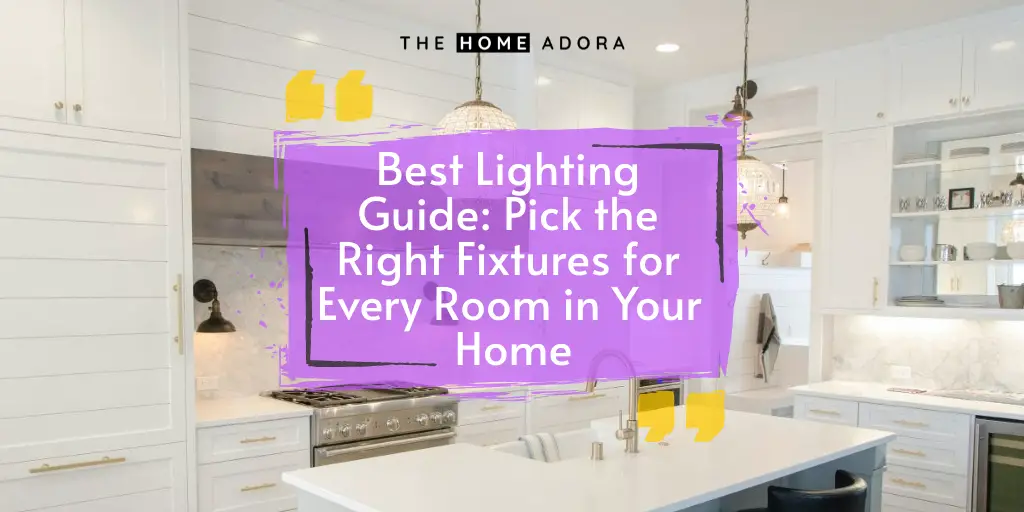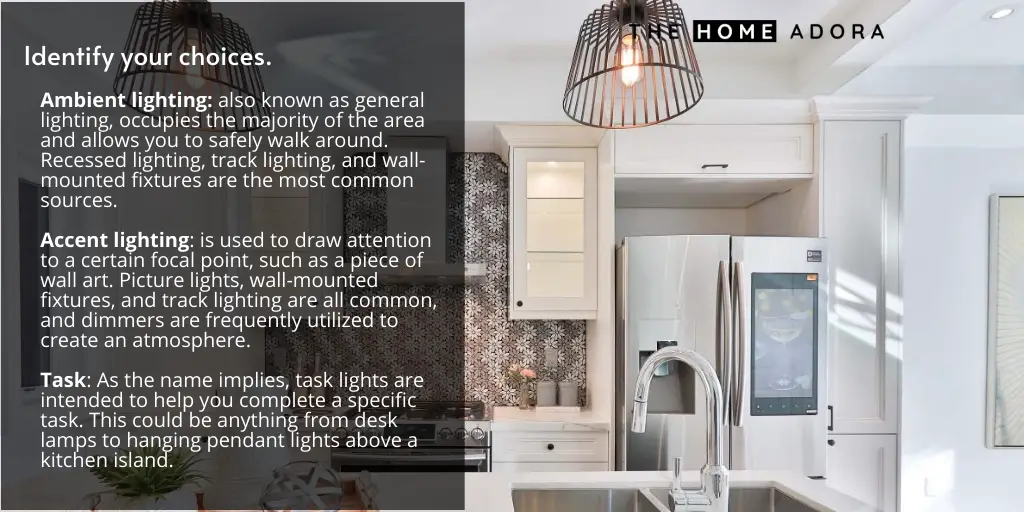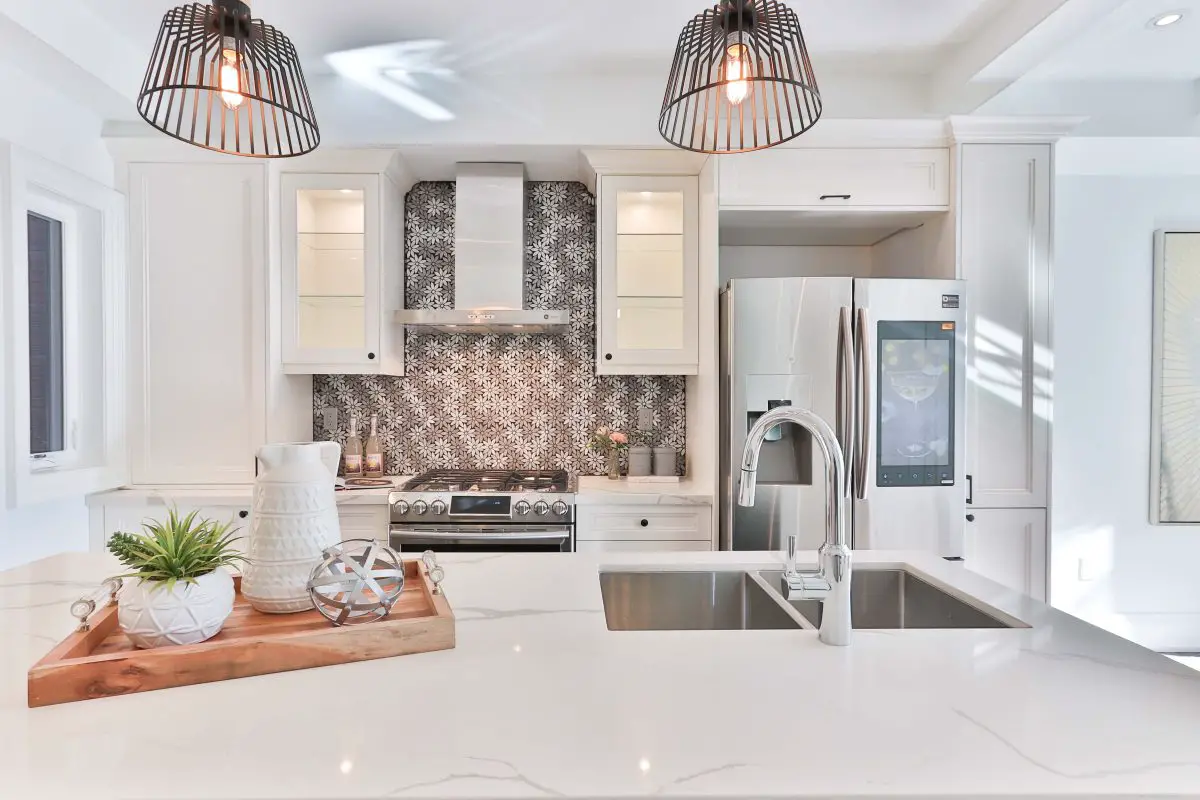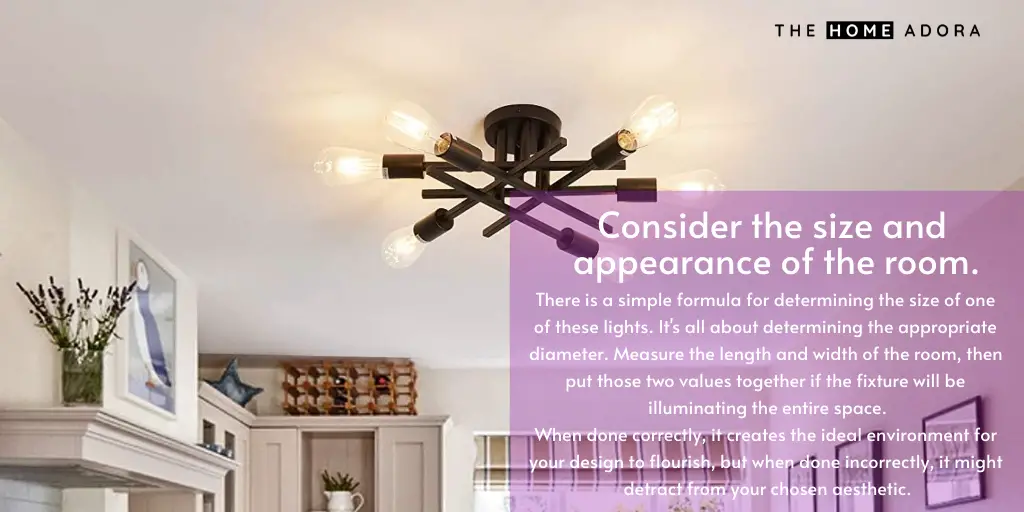Lighting is often an afterthought in interior design. When you conceive of it as a room’s practical component rather than something that provides aesthetic value, this happens. When done correctly, lighting is the unsung hero that elevates your design to new heights.

Lighting in layers
Our comprehensive lighting guide provides all of the information you’ll need to light every area in your house with ease. Read over our suggestions and keep them handy. You never know when you’ll need to make changes to your home’s lighting or create a completely new layout.
Identify your choices.
When bringing a room together, one of the most common lighting blunders is assuming that one form of illumination — notably the dreaded overheads — will suffice. Interior designers will be the first to inform you that this sentiment is completely false.

In actuality, lighting is most effective when employed in layers. There are three forms of indoor illumination to consider, and each space should ideally have all three. They are as follows:
- Ambient lighting: also known as general lighting, occupies the majority of the area and allows you to safely walk around. Recessed lighting, track lighting, and wall-mounted fixtures are the most common sources.
- Accent lighting: is used to draw attention to a certain focal point, such as a piece of wall art. Picture lights, wall-mounted fixtures, and track lighting are all common, and dimmers are frequently utilized to create an atmosphere.
- Task: As the name implies, task lights are intended to help you complete a specific task. This could be anything from desk lamps to hanging pendant lights above a kitchen island.
Allow the room to dictate the layout.
Now that you’ve learned about your various lighting options, it’s time to figure out how — and where — to place them in each room. While personal style is ultimately the deciding factor, there are a few standard layouts that perform well. If you’re not sure where to begin, check out these room-by-room instructions for ideas:
- Start with a striking pendant light or chandelier in the entryway. Then add a table or floor lamp to complete the look.
- The living room is an excellent spot to use track or recessed lighting. If your space has a main seating area, center it with a larger, overhead lamp. To light shadowy regions, place floor lamps where they are needed. Finally, if you have a buffet or other large furniture item, a table light can be a good addition.
- The dining room is the space that is the easiest to light. A huge pendant light or chandelier placed over the dining table should be your main source. If there are any more gloomy corners, a floor or table lamp might be used to complement them.
- Kitchen lighting is a tricky business. You may begin with some recessed lights. Overhead pendants or chandeliers should be used in focal areas such as the kitchen island and dining table. The addition of under-cabinet illumination to work areas is beneficial. Plus, at the sink and stove, you could add specific task sources.
- Bedrooms should contain a main, ceiling light source as well as bedside or dresser lamps.
- Recessed lighting is widespread in bathrooms. You may also use task lights around a mirror or an overhead source over the tub for a dramatic effect.
- Start with recessed lighting or a main, overhead source in the office. In gloomy nooks or near seating areas, add a table or floor lamps. Finally, in your main work area, make sure you have a desk lamp.

Consider the size and appearance of the room.
When we discuss the size of lighting fixtures, we’re mostly referring to the large statement pieces that hang from the ceiling. There is a simple formula for determining the size of one of these lights. It’s all about determining the appropriate diameter. Measure the length and width of the room, then put those two values together if the fixture will be illuminating the entire space.
How to calculate the size of a light source
To calculate the optimal diameter for your light source, convert the amount from feet to inches. If the room is 10 ft. × 12 ft., for example, 10 + 22 = 22, which means your fixture should be 22 inches in diameter. If you’re centering the light above a piece of furniture, though, you’ll want to measure the length and width of that object rather than the entire room.
Beauty is in the eye of the beholder when it comes to aesthetics. However, make sure it blends in with the rest of the room’s design.

Shop This Product Now: Semi-Flush Mount Light Fixture
The proper lighting can make or break a space. When done correctly, it creates the ideal environment for your design to flourish, but when done incorrectly, it might detract from your chosen aesthetic. You’ve come to the correct place if you’re ready to take your lighting to the next level.
Everything you need to know about lighting may be found in our complete lighting guide. What are your thoughts on our comprehensive lighting guide? Do you have any more suggestions? Please let us know in the comments section below.
Conclusion
This article provides a guide to choosing the right lighting for every room in your home. It includes tips on how to select the right fixtures based on the function of the room, as well as how to create a cohesive look throughout your home. Comment below with your favorite lighting tips, and share this article with your friends and family.
